Tribenzylamine
Synonym(s):TBA;Tribenzylamine
- CAS NO.:620-40-6
- Empirical Formula: C21H21N
- Molecular Weight: 287.4
- MDL number: MFCD00004773
- EINECS: 210-638-3
- SAFETY DATA SHEET (SDS)
- Update Date: 2025-07-14 15:27:00
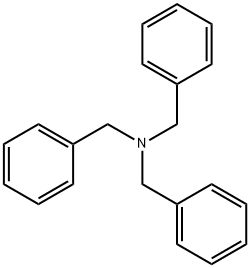
What is Tribenzylamine?
Chemical properties
white to light cream powder
The Uses of Tribenzylamine
Tribenzylamine (TBA) is a tertiary amine which can be used :
- As a nitrogen group source for the reactions involving C?N bond formation.
- For the synthesis of imine i.e. N?benzylidene benzylamine by aerobic oxidative condensation.
- As an extractant for the separation and determination of Cr(VI) and Cr(III) from wastewater.
TBA can also undergo debenzylation in the presence of ceric ammonium nitrate (CAN) to form dibenzylamine.
Synthesis Reference(s)
The Journal of Organic Chemistry, 46, p. 1759, 1981 DOI: 10.1021/jo00321a056
Tetrahedron Letters, 21, p. 3385, 1980 DOI: 10.1016/S0040-4039(00)78695-3
Flammability and Explosibility
Not classified
Purification Methods
Crystallise the amine from absolute EtOH or pet ether. Dry it in a vacuum over P2O5 at room temperature. The hydrochloride has m 226-228o (from EtOH) and the picrate has m 191o (from H2O or aqueous EtOH). [Beilstein 12 IV 2183.]
Properties of Tribenzylamine
| Melting point: | 91-94 °C (lit.) |
| Boiling point: | 380-390 °C |
| Density | 0.991g/cm3 |
| vapor pressure | 0Pa at 25℃ |
| refractive index | 1.8240 (estimate) |
| Flash point: | >230 °F |
| storage temp. | Store below +30°C. |
| form | Powder |
| pka | 6.90±0.50(Predicted) |
| color | White to light cream |
| PH | 6.5-9.0 (10g/l, H2O, 20℃)suspension |
| Water Solubility | insoluble |
| Sensitive | Air Sensitive |
| BRN | 2214682 |
| CAS DataBase Reference | 620-40-6(CAS DataBase Reference) |
| NIST Chemistry Reference | Benzenemethanamine, N,N-bis(phenylmethyl)-(620-40-6) |
| EPA Substance Registry System | Benzenemethanamine, N,N-bis(phenylmethyl)- (620-40-6) |
Safety information for Tribenzylamine
| Signal word | Warning |
| Pictogram(s) |
 Exclamation Mark Irritant GHS07 |
| GHS Hazard Statements |
H317:Sensitisation, Skin |
| Precautionary Statement Codes |
P261:Avoid breathing dust/fume/gas/mist/vapours/spray. P272:Contaminated work clothing should not be allowed out of the workplace. P280:Wear protective gloves/protective clothing/eye protection/face protection. P302+P352:IF ON SKIN: wash with plenty of soap and water. P333+P313:IF SKIN irritation or rash occurs: Get medical advice/attention. |
Computed Descriptors for Tribenzylamine
| InChIKey | MXHTZQSKTCCMFG-UHFFFAOYSA-N |
Tribenzylamine manufacturer
JSK Chemicals
3Y
Phone:+91-9879767984
Whatsapp: +91-9879767970
product: 620-40-6 Tribenzylamine, 99% 99%
New Products
4,4-Difluoropiperidine hydrochloride tert-butyl 9-methoxy-3-azaspiro[5.5]undecane-3-carboxylate Indole Methyl Resin N-Isopropylurea N,N-Dicyclohexylcarbodiimide(DCC) MELDRUMS ACID 5-METHYLISOXAZOLE-4-CARBOXYLIC ACID Magnessium Bis glycinate Zinc ascorbate 1-bromo-2-butyne 2-acetamidophenol 9(10H)-anthracenone Erythrosin B, 4-Piperidinopiperidine 2-((4-morpholinophenylamino) (methylthio) methylene) malononitrile 2,4-dihydroxybenzaldehyde 3-(4-morpholinophenylamino)-5-amino-1H-pyrazole-4-carbonitrile Methyl 2-methylquinoline-6-carboxylate 2,6-dichloro-4-nitropyridine 4-Bromo-2-chlorobenzonitrile 2-(benzylamino)acetic acid hydrochloride 4-(tert-Butoxycarbonylamino)but- 2-ynoic acid 3,4-dihydro-2H-benzo[b][1,4]dioxepine 1-Phenyl-1-cycloprppanecarboxylicacidRelated products of tetrahydrofuran
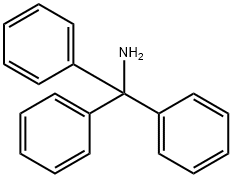

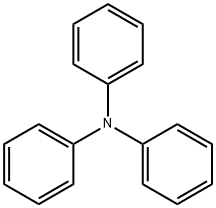
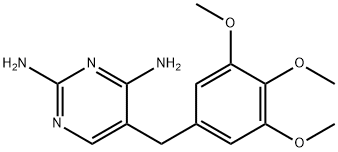




You may like
-
 620-40-6 Tribenzylamine, 99% 99%View Details
620-40-6 Tribenzylamine, 99% 99%View Details
620-40-6 -
 Tribenzylamine CAS 620-40-6View Details
Tribenzylamine CAS 620-40-6View Details
620-40-6 -
 Tribenzylamine CAS 620-40-6View Details
Tribenzylamine CAS 620-40-6View Details
620-40-6 -
 Tribenzylamine CAS 620-40-6View Details
Tribenzylamine CAS 620-40-6View Details
620-40-6 -
 Tribenzylamine 98% CAS 620-40-6View Details
Tribenzylamine 98% CAS 620-40-6View Details
620-40-6 -
 Tribenzylamine CAS 620-40-6View Details
Tribenzylamine CAS 620-40-6View Details
620-40-6 -
 Tribenzylamine CAS 620-40-6View Details
Tribenzylamine CAS 620-40-6View Details
620-40-6 -
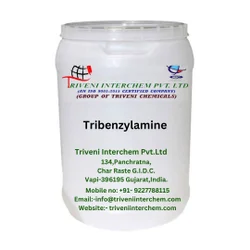 TribenzylamineView Details
TribenzylamineView Details
620-40-6
Statement: All products displayed on this website are only used for non medical purposes such as industrial applications or scientific research, and cannot be used for clinical diagnosis or treatment of humans or animals. They are not medicinal or edible.
